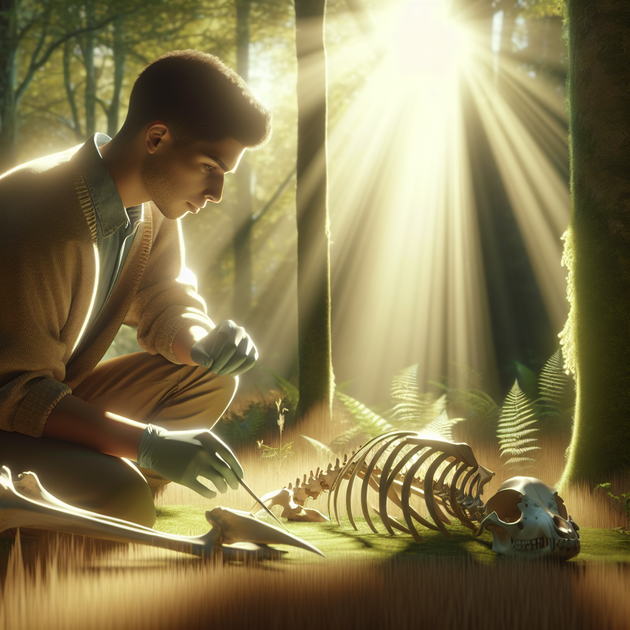Have you ever thought about what a pile of old bones could teach you? I hadn’t—at least not until I read about an experience with Jane Goodall that flipped my perspective on its head. It turns out that when it comes to understanding loss and not wasting anything, bones have a lot more to say than most people realize.
What Jane Goodall Really Taught Me
Most people know Jane Goodall as the world-famous primatologist who lived among chimpanzees in Tanzania. But her influence goes way beyond just studying animals. For me, the biggest lesson wasn’t about chimps at all—it was about how we treat what’s left behind.
Jane has always seen value in things others overlook. On one of her expeditions (as recounted by author paulhayds), she came across animal bones scattered across the forest floor. Instead of ignoring them or treating them as trash, she paused to examine them with care and respect.
That small act stuck with me. In anthropology—and really in life—the things we leave behind tell deep stories about who we are and what we value. If you’re willing to look closer, even a forgotten bone can become a source of meaning.
Bones as Storytellers
So why do bones matter? Well, for starters:
- They preserve history: Animal and human bones let us piece together stories from the past.
- They show respect: Treating remains thoughtfully honors life—even after it’s gone.
- They remind us not to waste: Every part of a creature had a purpose; nothing was discarded without thought.
Jane Goodall’s attitude towards these remnants is all about curiosity and gratitude—two qualities that feel pretty rare these days. She reminds us that nothing is truly “just” waste if you’re willing to learn from it.
Loss Isn’t Always Bad—It Can Teach Us Something
Let’s face it—loss is something we all go through eventually. Whether it’s losing a loved one or just saying goodbye to something familiar (like an old home or a cherished pet), it hurts.
But watching how Jane approached the remains she found in the wild taught me that loss isn’t only about sadness. It can also be an invitation to reflect and appreciate what once was.
A friend once told me about finding their grandmother’s jewelry box after she passed away. At first it felt like just another reminder of grief—but then they started looking through each piece and remembering stories connected to them. Suddenly those trinkets weren’t just “leftovers”; they were memories made tangible.
Bones work much the same way—they’re not just evidence of death but proof that something lived and mattered.
The Power of Not Wasting Anything
If there’s one thing I’ve learned from Jane Goodall (and from anthropology in general), it’s this: don’t waste what you have.
Whether it’s physical things like bones or intangible moments with loved ones, everything has value if you choose to see it that way.
Here are some small ways I try to live by this lesson every day:
- Repurpose leftovers instead of throwing them out.
- Mend clothes rather than buying new ones right away.
- Take time to remember people or pets I’ve lost—by sharing stories or looking at old photos.
- Appreciate everyday objects for their usefulness—even if they seem ordinary.
These habits might seem simple but together they add up over time. And honestly? They make me feel more connected—to my own life and to the bigger picture around me.
A Final Thought (and a Question)
Jane Goodall taught me that even something as simple as a bone can be precious if you’re willing to see its worth. Loss doesn’t have to mean forgetting; sometimes it means holding on tighter to what remains—and making sure nothing goes to waste.
So next time you find yourself tempted to toss something aside (whether it’s an object or even just a moment), ask yourself: What story could this still tell?

Leave a Reply